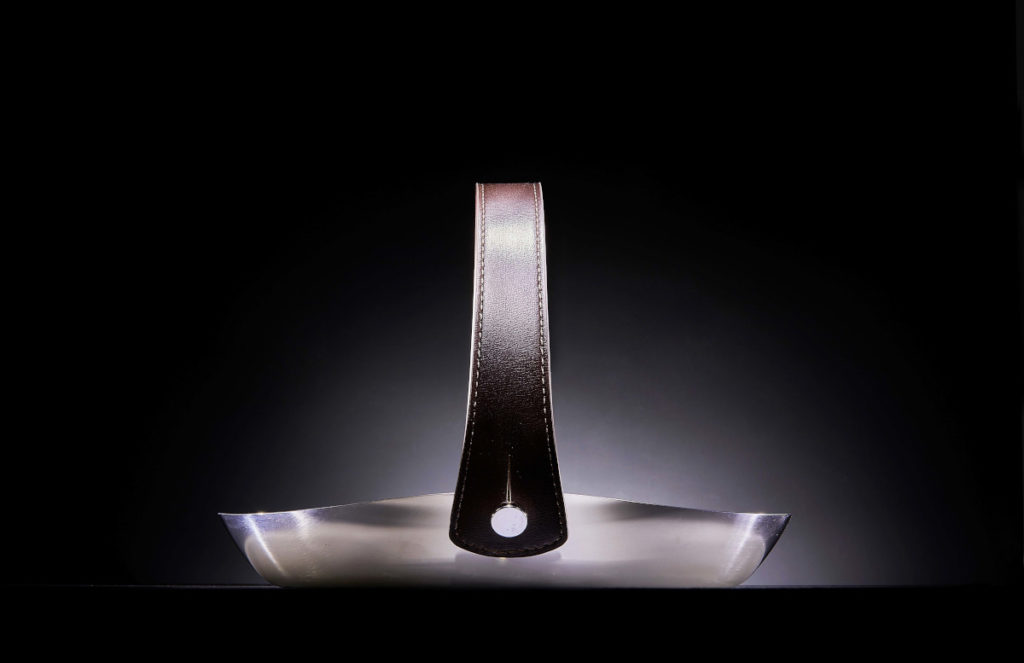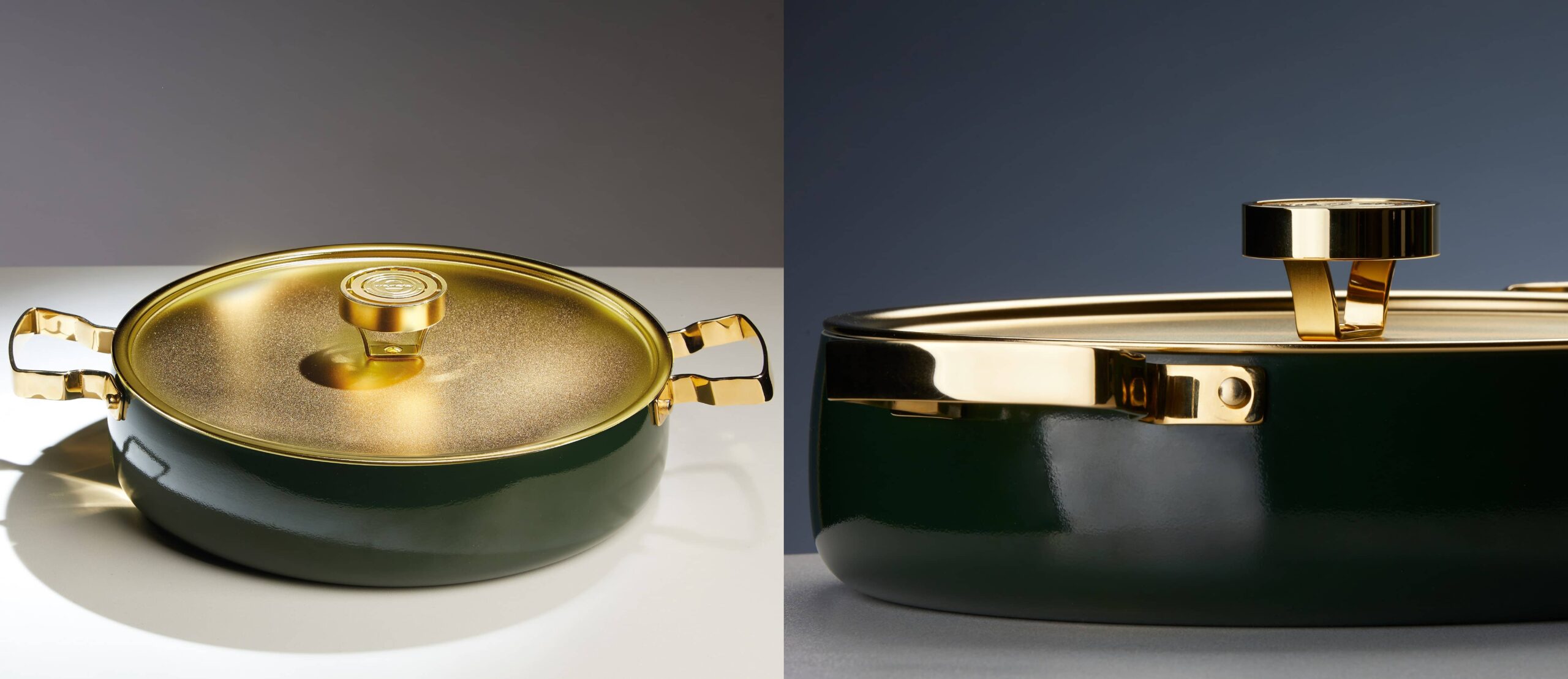
Marcello Cutino was interviewed in the section Interviews with the ADI VTAA Board of the Veneto and Trentino-Alto Adige territorial delegation of the ADI – Association for Industrial Design of which he is the new president.
An opportunity to get to know the stories of the personalities who revolve around the Italian design system and live within the Association.
The President Marcello Cutino, a visionary product designer who has been passionate about product design for over forty years, illustrated the new program presented by the new Board.
What is your profession?
I am the owner of BCF Design, a studio born in 1980 from an idea of three Veronese former students of the Polytechnic School of Design in Milan. The name is the acronym of the initials of the founders’ surnames: Susanna Brugnoli, Marcello Cutino and Maria Grazia Fiocco.
In 2008 I took over the ownership of the company while maintaining the original research spirit: being a multisectoral studio, addressing design issues in the most diverse product sectors – from home products to the more technical – and multidisciplinary, coordinating the design disciplines – communication , the display solutions and the themes of the brand – to increase the identity process towards the product and thus make it stronger in market competition.
What is your vision of design?
I felt the need to find a synthesis of the complex vision of design as a cultural approach to multidisciplinarity and multisectoriality. I discovered this synthesis in man. The BCF Design approach, in fact, lies in the Human Attitude Italian Style: the creativity of man is the element that distinguishes him from other living beings on earth.
In our study we have outlined four souls that reside in man: the experience, matured in the course of forty years of activity, memory, or the expression of objects that do not feel the passage of time, the emotion, which resides in the design approach of an object becoming unusual and surprising and the relationship, the starting point for the definition of a product that must be able to dialogue with its audience.
The Italian style, on the other hand, is a recognition of the Italian style, the history and elegance that have made it a world heritage.
When did you meet ADI?
At the end of the 1970s, when I was still a student at the Polytechnic School of Design in Milan, I already knew ADI and as soon as I started my professional activity I became a partner. The association had existed for almost 30 years when I joined and allowed me to meet the great designers of the time, important professionals for the Italian cultural debate, such as Achille Castiglioni, Rodolfo Bonetto and Giorgetto Giugiaro.
Italian design is the world reference point for new trends and today more than ever it represents a highly attractive creative industry confirmed by the increase in collaborations between Italian designers, or those who work in Italy, and prestigious international industrial groups.

Why do you need to be an ADI member?
Being registered with the ADI means participating in a great design of the culture of the project, or the knowledge of man. Belonging to a prestigious association allows you to be aware of trends, to deal with problems and to participate in the evolution that is always taking place in the nature of the project.
ADI is also the most important association in the field of design thanks also to the presence of the prestigious international Compasso d’Oro award which allows those who participate to acquire a qualifying element for their business and professional curriculum.
What should we expect from ADI VTAA in the future?
The new program presented by the ADI VTAA board is based on three key words: relaunch, reconnect and re-establish oneself. Refounding and recognizing who we are allows us to relaunch and reconnect. Our duty is to significantly increase the knowledge of ADI through the disclosure of the Compasso d’Oro archive, involving companies in the processes of the ADI Design index and the Compasso d’Oro award and above all through testimony.
The ADI VTAA gathers more than one hundred members and it is important to make known the history of the companies, professionals and institutions that are part of it to enrich our wealth of knowledge. The association is the bearer of important cultural experiences and can become a strategic support tool for companies to define the intangible values of products and for professionals to enrich themselves with experiences.

What is the role of the institutional part of the ADI VTAA?
The institutional part of the board is the one that represents the values of ADI: the culture of the project, which we recognize through the ADI Design Index and the Compasso d’Oro award, and being a supply chain association that brings together professionals, companies and institutions linked by an interest in design. The task of the institutional area is to make the values clear, renewing them in a critical reading appropriate to the period in which we live and presenting them to current and future members.
Is design close to man’s future vision?
Today we have to face new challenges: man is looking for a compatibility between his lifestyle and nature that is becoming more and more fragile. I think that design is a formidable tool for influencing virtuous behavior. It is essential to make beautiful solutions capable of bringing the product closer to nature and making it consistent with new environmental challenges. ADI can train companies and all those involved in design to be more responsible and to create new visions for the future.

President ADI VTAA

Communication assistant
ADI VTAA



